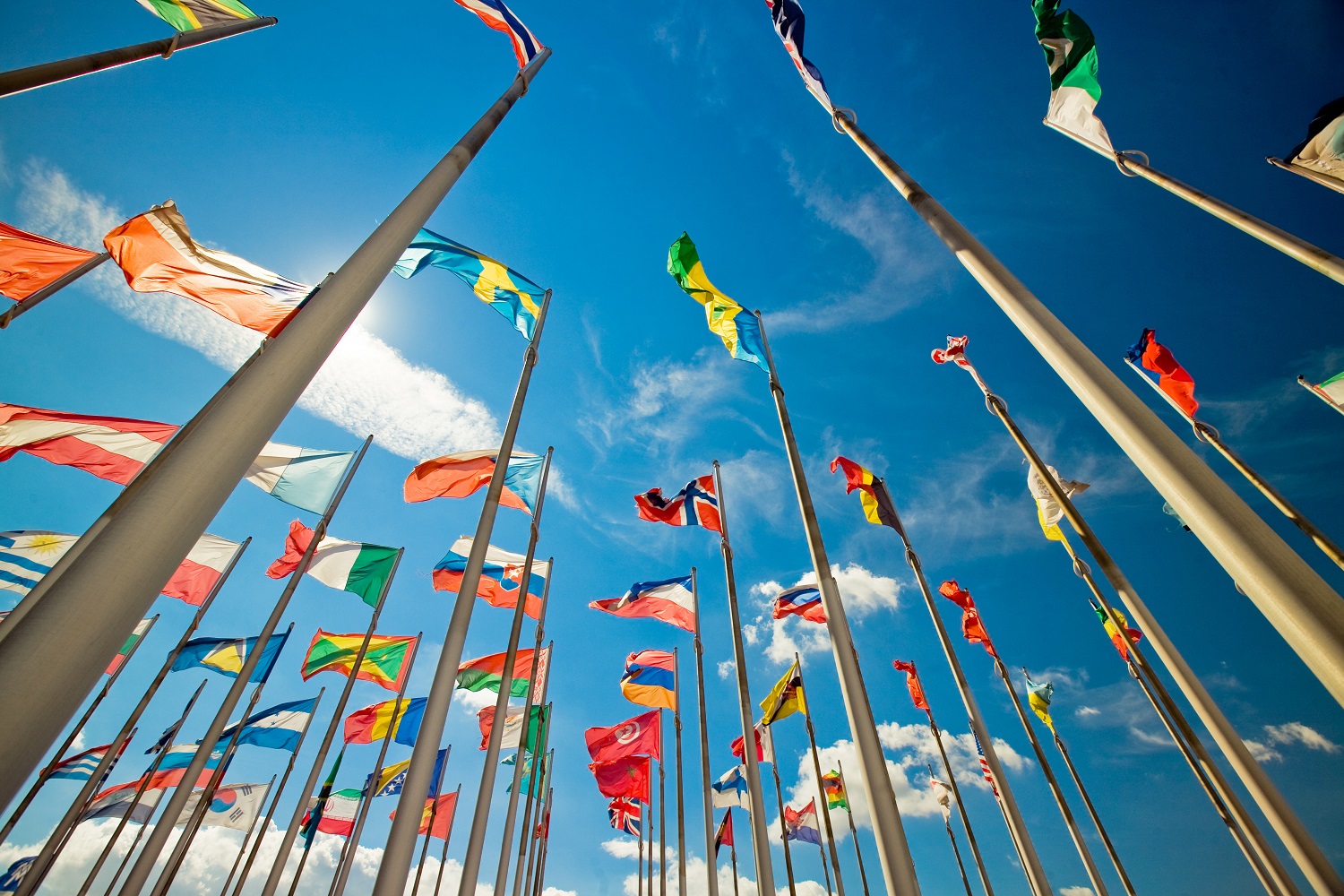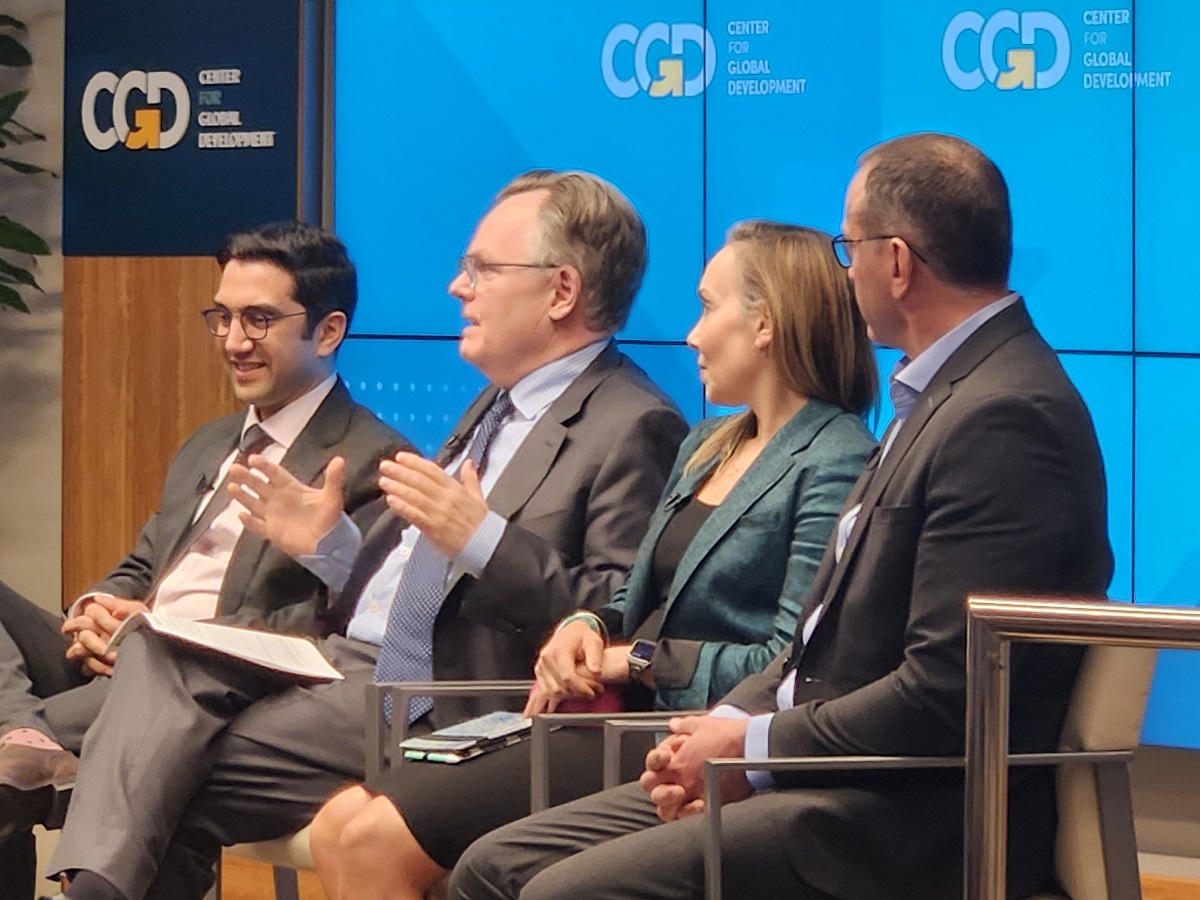Recommended
What’s the best way for a think tank fellow to demonstrate they’re washed up? Say there’s no need for new policy. And yet…
This year, donors will negotiate the replenishment of the World Bank’s soft lending arm, IDA. World Bank president Ajay Banga wants to the replenishment amount to be the biggest ever, and I really hope he gets his wish. IDA is the world’s most effective source of external finance for overall development in its poorest countries. It (mostly) supports recipient-selected, recipient-executed development projects that consistently deliver results and drive economic growth. If much more aid finance looked like the aid finance delivered through the original IDA model, that aid would be considerably more effective.
There are proposals out there to make IDA better, many with the aim of supporting worthy objectives from civil society engagement to global public good provision. But there is also pushback to greater complexity: Kenya’s President Ruto, host of an upcoming meeting about the replenishment, wants to see any reforms this time around “prioritize borrowers' needs over existing agendas as set by the donor countries.” And President Banga appears to be on board for a simplification agenda: at CGD earlier this week he said: “countries have become pros at trying to find money from different windows, they’re all wasting time on this stuff.”
My plea to IDA stakeholders would be to listen to Presidents Ruto and Banga: back any proposal that comes with sustainably greater finance for the existing core IDA product or helps it be more responsive and less bureaucratic for clients, look askance at anything else, and roll back some existing ‘innovations’ to the model that aren’t working out or currently appropriate.
In that spirit, one recent complex innovation that should be given the same treatment as the Newton, Google Glass and Vioxx is the failing Private Sector Window. The considerable majority of funding it has already been given has never been used, and that money should be rapidly reallocated to IDA projects that deliver impact. $2 billion has been returned from earlier rounds. Redirecting the $3 billion-plus of resources still available in the window could help support the goal of making the core IDA replenishment the largest ever.
Meanwhile, the approach that made some previous IDA replenishments look bigger than they actually were involved borrowing from the markets: more money today at the cost of a smaller IDA tomorrow. At a time of high interest and debt distress amongst IDA borrowers (which means they'll get grants rather than low interest loans from IDA) repeating that approach would be a particular mistake.
And it would be great to see the institution cutting back the ever-growing red tape involved in lending, while refocusing oversight on results rather than receipts.
There are some mistaken IDA innovations that probably simply can’t be rolled back without losing donor support. The idea of rewarding ‘good’ policy choices with a larger IDA allocation looks dated given actual World Bank project effectiveness isn't related to country characteristics nearly as much as it is to project-level factors and the cross-country evidence that aid only impacts economic growth outcomes in the presence of good policies is so weak. It would make far more sense to compensate countries for bad luck than reward them for (supposedly) good policies. That said, the primary allocation mechanism still remains country population. And donors the world over like to believe they are rich because they are virtuous, and want to help lead others to virtue. Given that, rewarding countries for policy stances likely has to stay. For similar reasons, perhaps Ajay Banga’s own 45 percent Bank Group climate finance target is necessary, hopefully at least with the flexibility that comes from weak definition and broad application.
What about other proposed and active IDA windows and financing priorities, from supporting refugee hosting costs through pandemic preparedness to finance for civil society or (again, Banga’s own) electricity finance targets? Donors should be providing more support for all of those activities, especially to the world’s poorest countries. And, perhaps for a few of those activities, an IDA window that ring-fences spending for them makes sense. But IDA shouldn’t get its biggest replenishment at the cost of flexible funding to the world’s poorest countries that need it most. The starting point should be that financing for donor-prioritized windows is on top of financing for the largest ever commitments to unrestricted core IDA, not in place of that.
Innovation is the most powerful force for global development of all time. But not all innovation works. Recently, IDA has helped demonstrate that second fact. In part because of that, I’m with what I take to be Ajay Banga’s position: Bank management should focus on increasing the level of quality support to IDA countries through core IDA financing as its highest priority.
Disclaimer
CGD blog posts reflect the views of the authors, drawing on prior research and experience in their areas of expertise. CGD is a nonpartisan, independent organization and does not take institutional positions.
Image credit for social media/web: Adobe Stock







